The global auto show circus is under intense scrutiny, and the participation of car manufacturers is no longer a given. Fiat, Ford, Opel, Volkswagen and many premium brands have shunned this year’s Mondial de l’Auto in Paris, and as a result, there are gaping voids in some halls, while others are filled up with electric mini-cars and automotive accessories.
Audi, BMW and Mercedes-Benz are still here with impressive stands, yet their displays feel a bit pale. At BMW, the recently introduced X5 and the brand new 3-Series are the stars, flanked by a whole series of other newcomers such as the Z4 or the 8-series, which, despite its overpromising model designation, seamlessly picks up where the 6-Series leaves off. BMW has not yet made the big leap forward; the brand is still stuck with the established design language.
Meanwhile, enthusiasts mourn the fact that on the new 3-series, only the weakest diesel models, the 318d and the 320d, still can be specified with a manual transmission. Everywhere else, the power is channeled through an eight-speed slushbox – even in the sporty 340 variants, which make a proud 374 horsepower. The purist, fun-to-drive manual gearbox has been relegated to the status of a cheap, entry-level offering, and we are surprised to see this happen at BMW. Or are we?
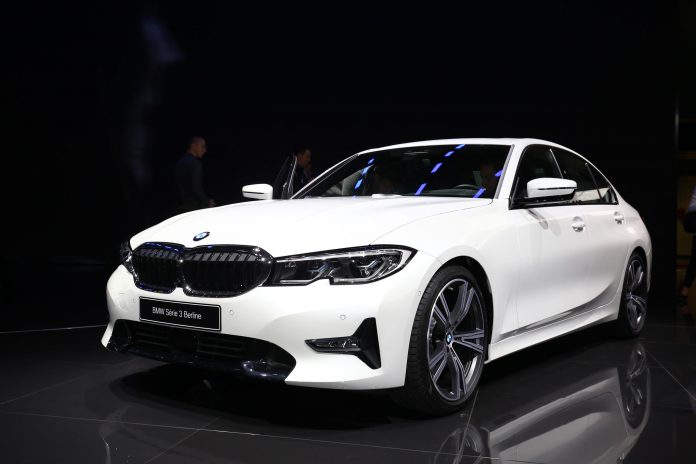
Mercedes-Benz is showing a new B-Class, which looks much more elegant and well-proportioned than its predecessor – and there is the new GLE, more muscular even than, say, a Porsche Cayenne. The EQC acts as an almost perfect offering for the EV crowd, and the same is true of the Audi e-tron.
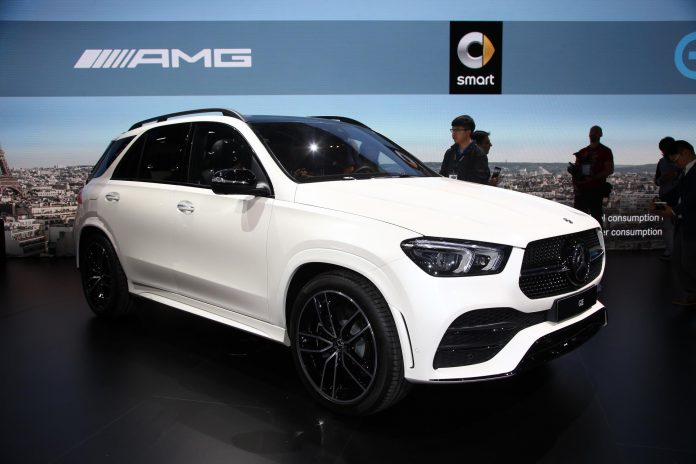
A few months ahead of both is the rather sensational, all-electric Jaguar I-Pace. Marketing and sales director Felix Bräutigam has high hopes for this surprisingly sporty crossover. And next year, there will be a new XJ, designed to crown Jaguar’s portfolio. According to the rumour mill, it will be electric only. Meanwhile, Jaguar celebrates half a century of XJ with a glamorous convoy of eleven models from its history that have made their way from the Jaguar factory in Castle Bromwich to Paris.
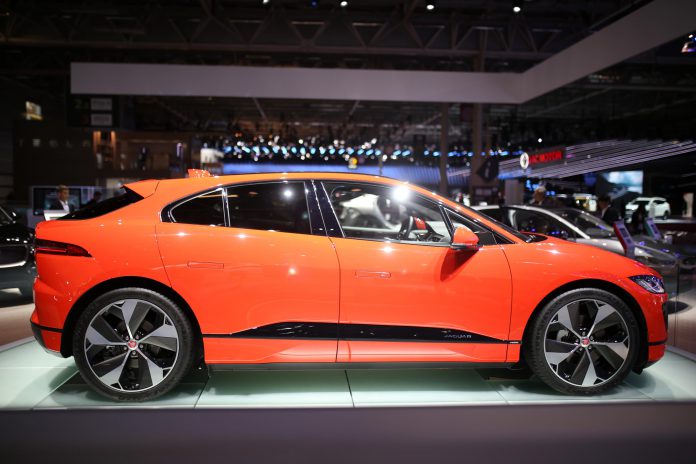
While important European carmakers are missing, Tesla is honouring the show with the European debut of the vaunted Model 3, displayed on a smallish and poorly lighted stand. European websites still hint at an entry price of 35,000 dollars, or just over 30,000 euros, and they solicit a down payment of 1,000 euros. But when (or if) it launches in Europe next year, we expect Tesla to sell versions that cost twice as much. With US-market demand slumping, potential customers should save the down payment and just wait until the Model 3 arrives.
Meanwhile, Hyundai is already taking the next step with the Nexo hydrogen car: it’s an electric car, but powered by a hydrogen fuel cell. While batteries take endless hours to recharge, hydrogen cars can be filled up within minutes. Hyundai also showed their new i30 Fastback N, joining a segment defined by the likes of Panamera, Audi A7, Mercedes CLA and the AMG GT 4 door and even the BMW 6 Series GT.
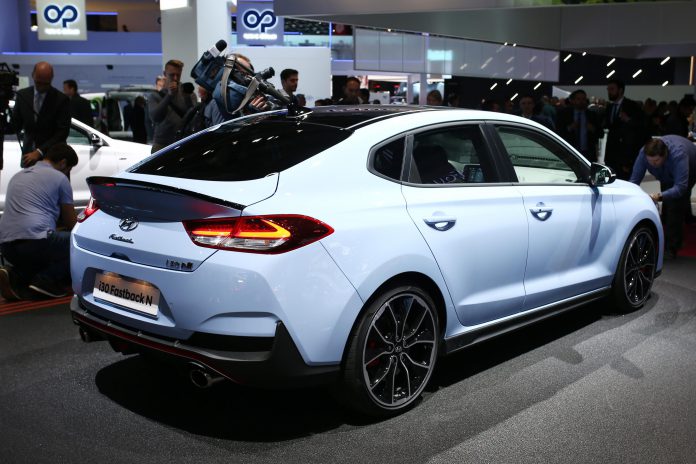
In any case, it is by no means clear whether “the future” will be electric, driven by hydrogen, or still fueled by conventional fuels – which, after all, can also be produced synthetically. In Paris, all propulsion concepts were displayed and celebrated. This must irk the city’s diesel-hating mayor Anne Hidalgo, who, according to an r&d chief we recently spoke with, “has a two-minute attention span.” Instead of blocking the diesel, she might devote her attention to the recently defunct electric charging stations of the “Autolib” EV project that litter her city. These stations have fallen into a state of disrepair.
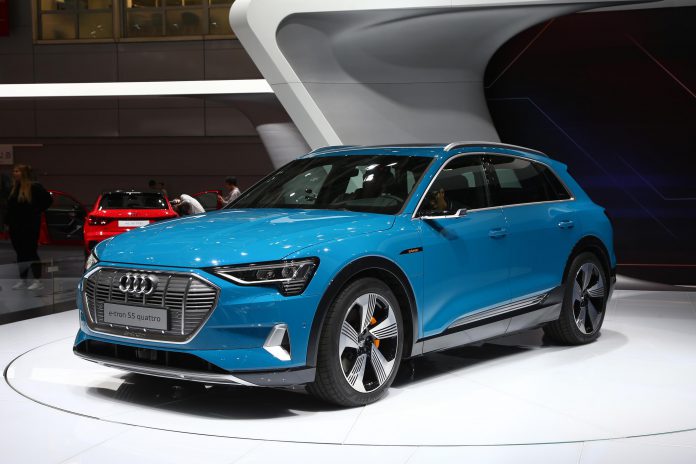
PSA’s luxury brand DS shines with the new, state-of-the-art DS3 Crossback, and the Peugeot e-Legend study, inspired by the classic Peugeot 504 Coupé, can claim the title of the sharpest concept car of the entire show. The interior, with its blue velours seats, is at least as interesting as the outer shell, which reminds us not only of the 504, but also of the David Beasley-designed 2013 Nissan IDx. If the e-Legend is ever built, it will hopefully get a French name – and a conventional powertrain: To reach 220 kph, the 456-horsepower E-motor seems like overkill. A 150-horsepower diesel would do.
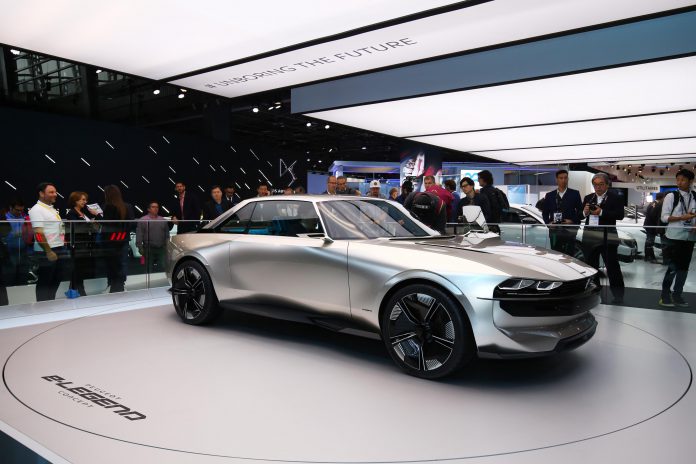
Bugatti surprised with the 1:1 scale Lego version of the Chiron – and the brand new Bugatti Divo (limited to 40 pieces with a 5 million euro price tag, all of which are sold out), which made an appearance at Hall 1 during the second media day. It replaced the “sunroofed” Chiron on display on the first media day.
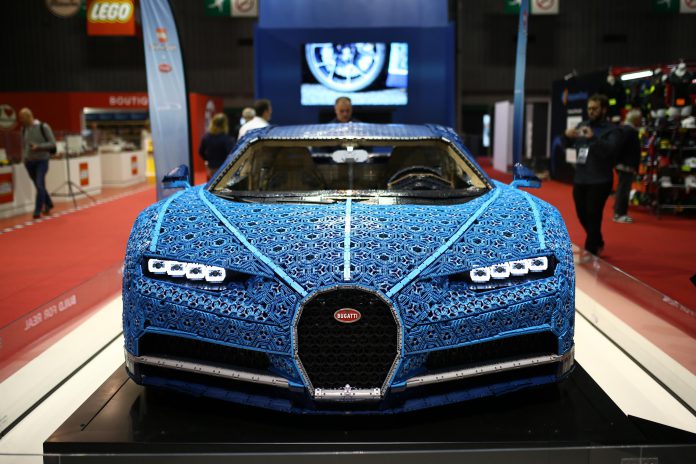
Porsche plays up a historic theme, with several classic cars on its impressive stand, and a new Speedster version of the 991, which will be built in exactly 1948 units. Why? Because that’s when Porsche was born. Whatever.
A rather dubious relapse into the past, however, is the cancellation of the diesel engine, which had become quite popular in the Macan, Cayenne and Panamera. Porsche CEO Oliver Blume says the diesel does not fit Porsche – and then proceed to tout hybrids and electrics. So much for Porsche as a lightweight brand.
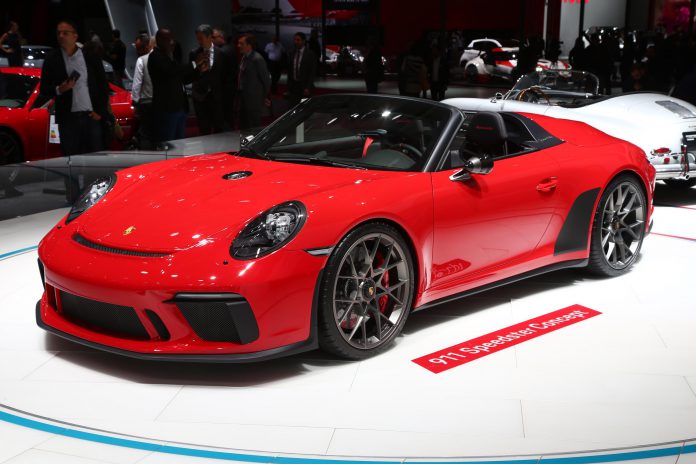
The somber mood in the German industry was underscored by a grim VW CEO Herbert Diess, who toured the show as well. The German car industry is cleary occupied with itself and with the fallout of the devastating political decisions coming from Berlin. The results of the “diesel summit” – mandatory refitment of used cars with exhaust treatment – must be attributed to the industry’s weak lobbying efforts. In other countries, it would be unthinkable that governments damage their key industries to a similar extent.
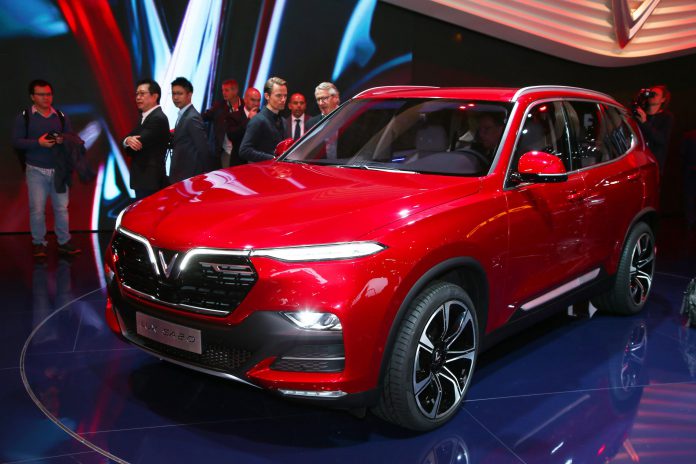
Meanwhile, there were a few styling surprises, such as the Pininfarina-designed models by the Vietnamese manufacturer Vinfast. Car design expert Andreas Herker also is full of praise for the concept cars by Renault: “These futuristic models look like they are inspired by Syd Mead. They could appear in ‘Blade Runner’ without a problem.” He also likes the Suzuki Jimny, which reminds him of design icons such as the 1989 Nissan S-Cargo.
Moreover, Herkers says: “Ferrari is strong, even though the cars are getting too big.” Indeed, the Ferrari Monza SP1 and SP2 and the 488 Pista Spider, which celebrated its Euro debut, are stunning. Herker also observes: “The design of Aston Martin has become rather strange.” Indeed, and that’s before the luxury drones take off, which CEO Andy Palmer talks about so fondly and frequently.
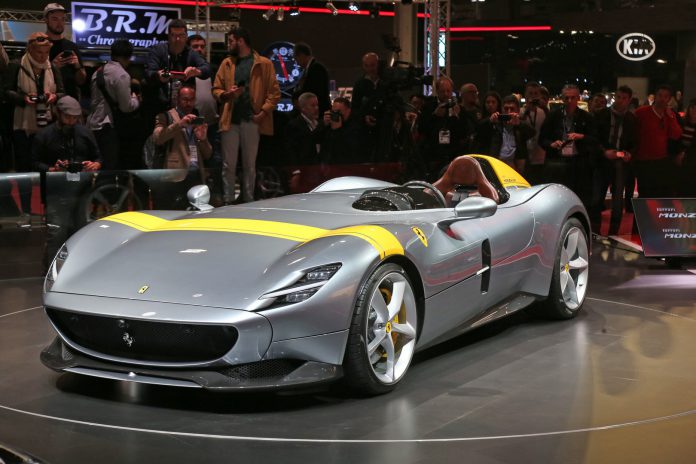
As a trend meter and and inspiration, a visit to the Paris auto show was justified this year. But it was no longer indispensable.
Photos by David Kaiser
